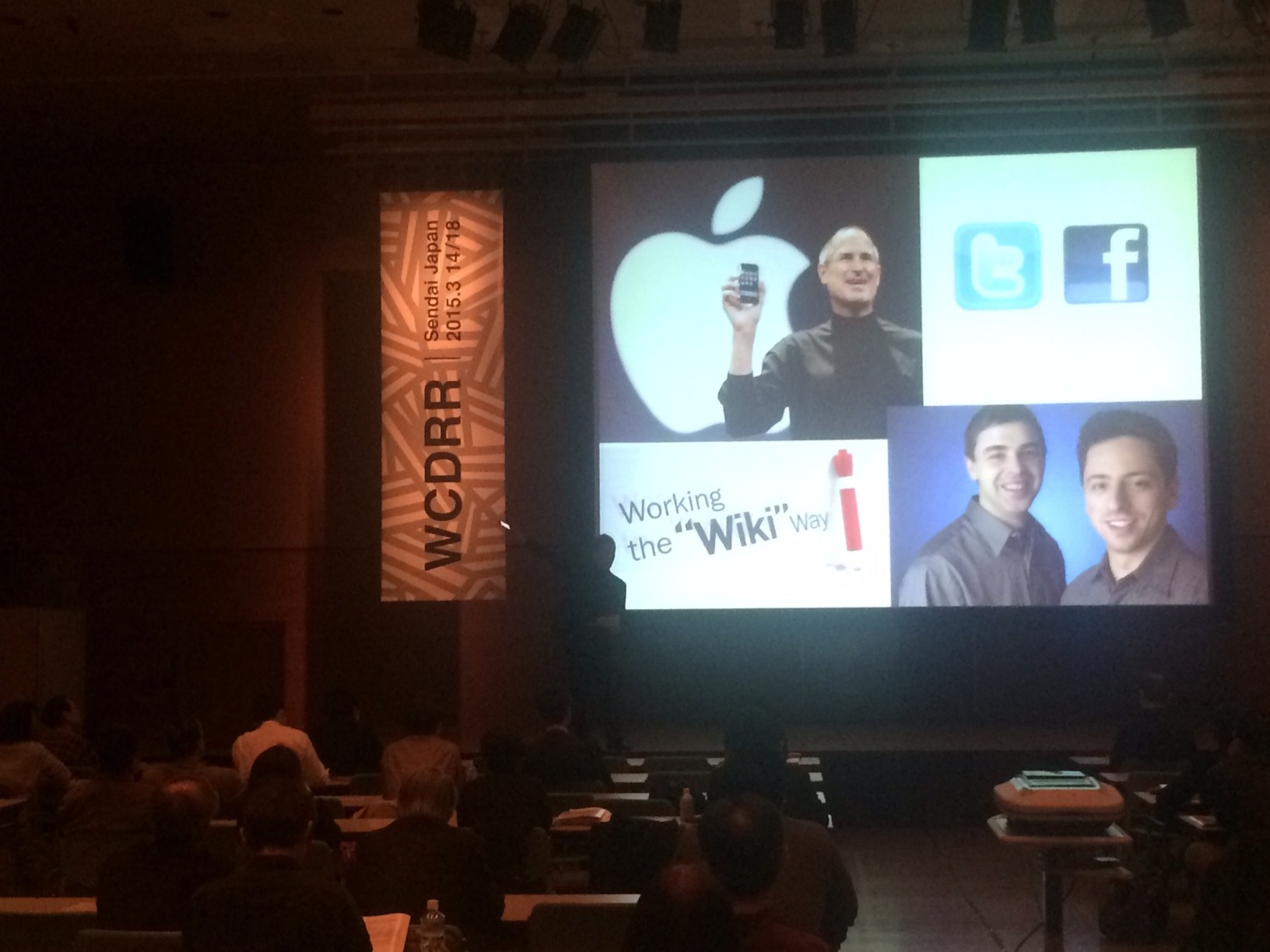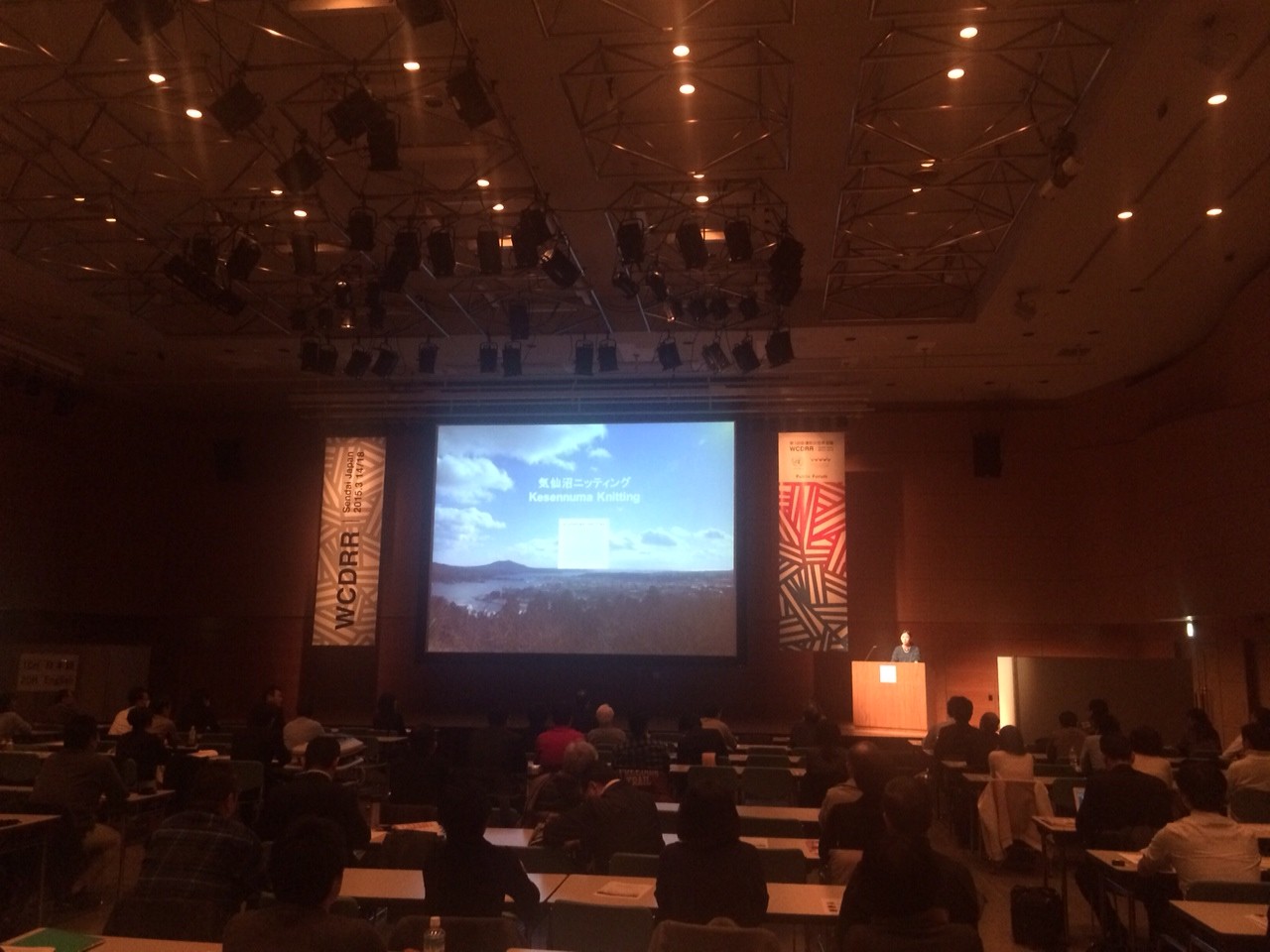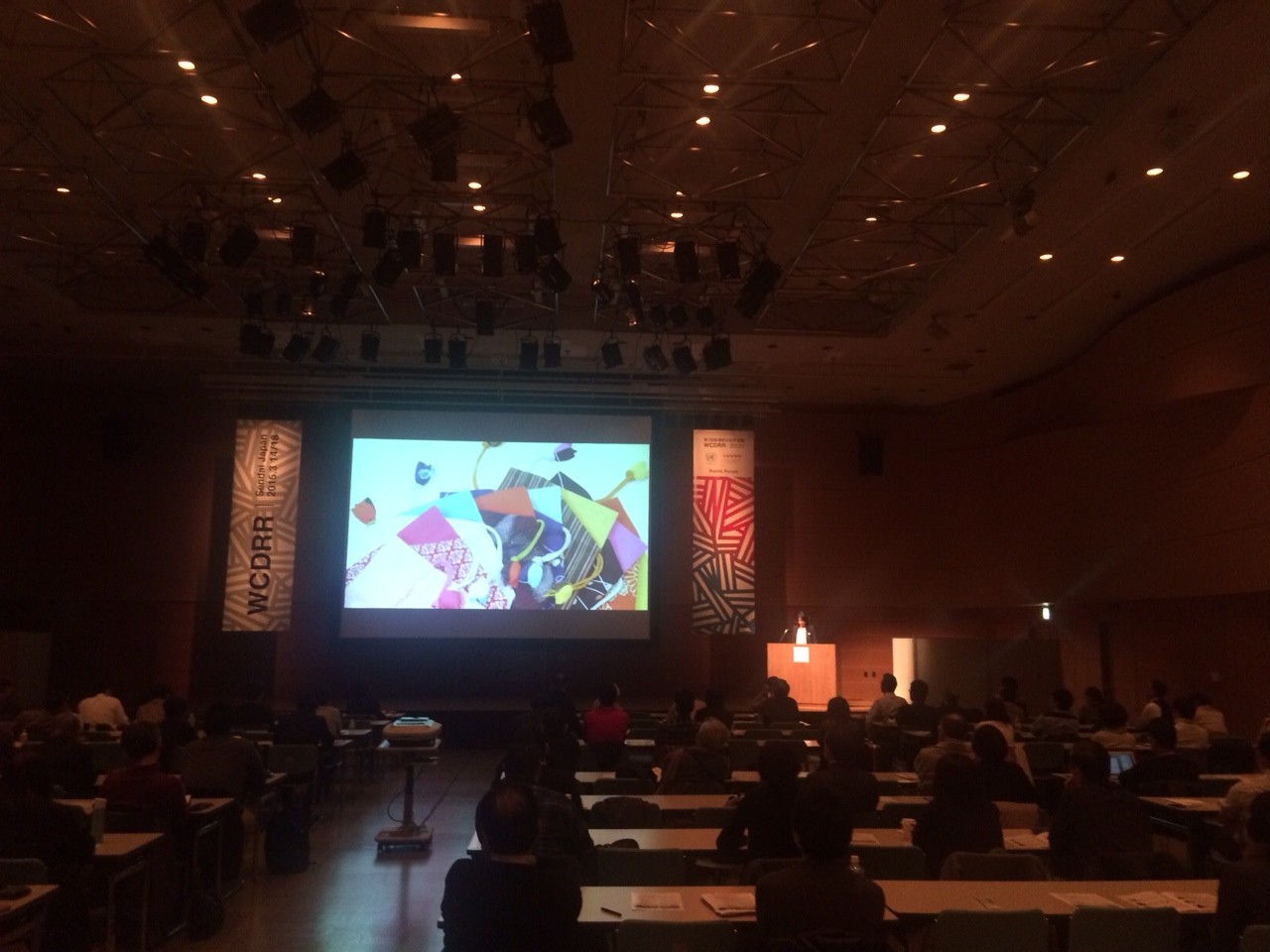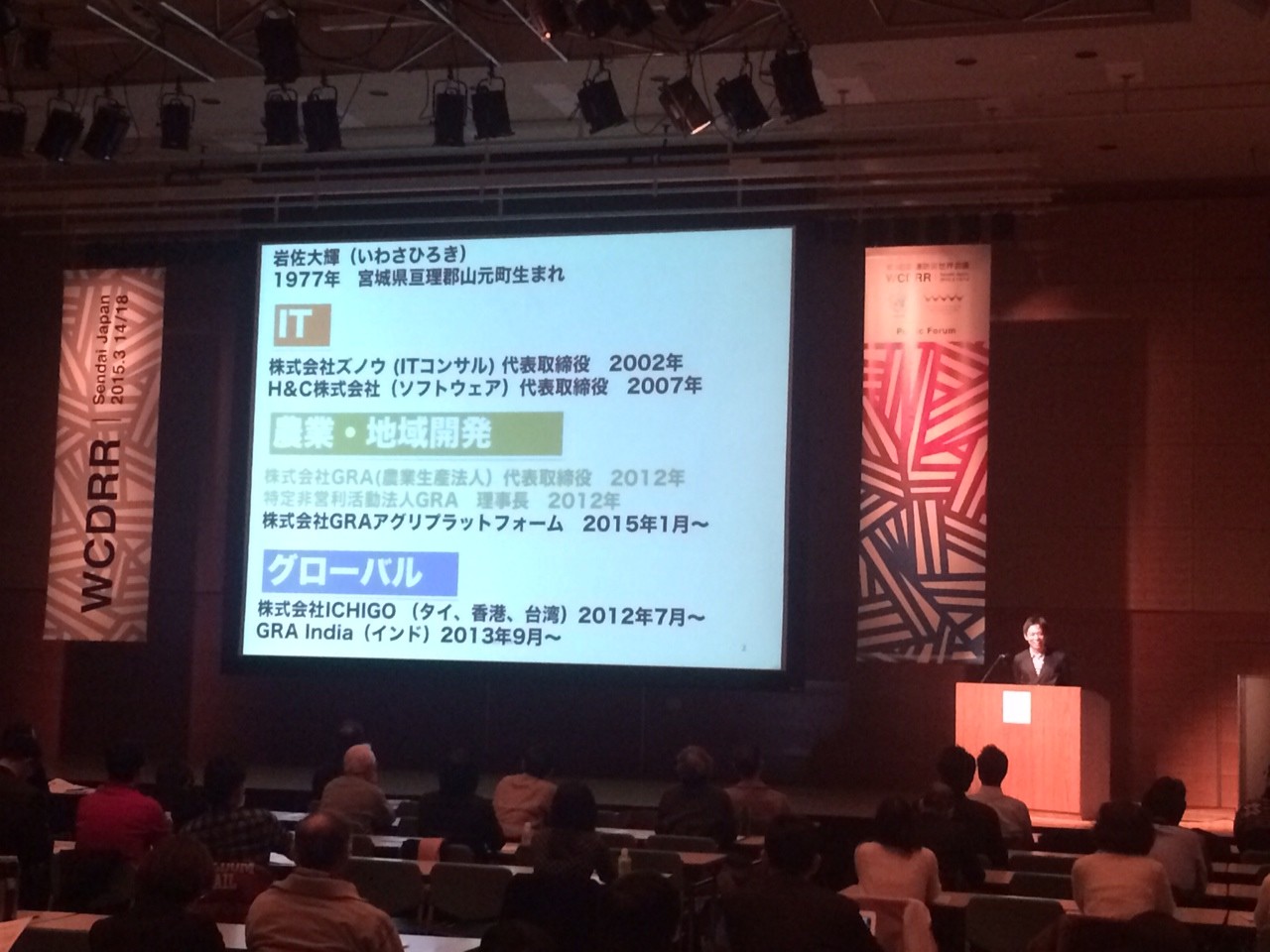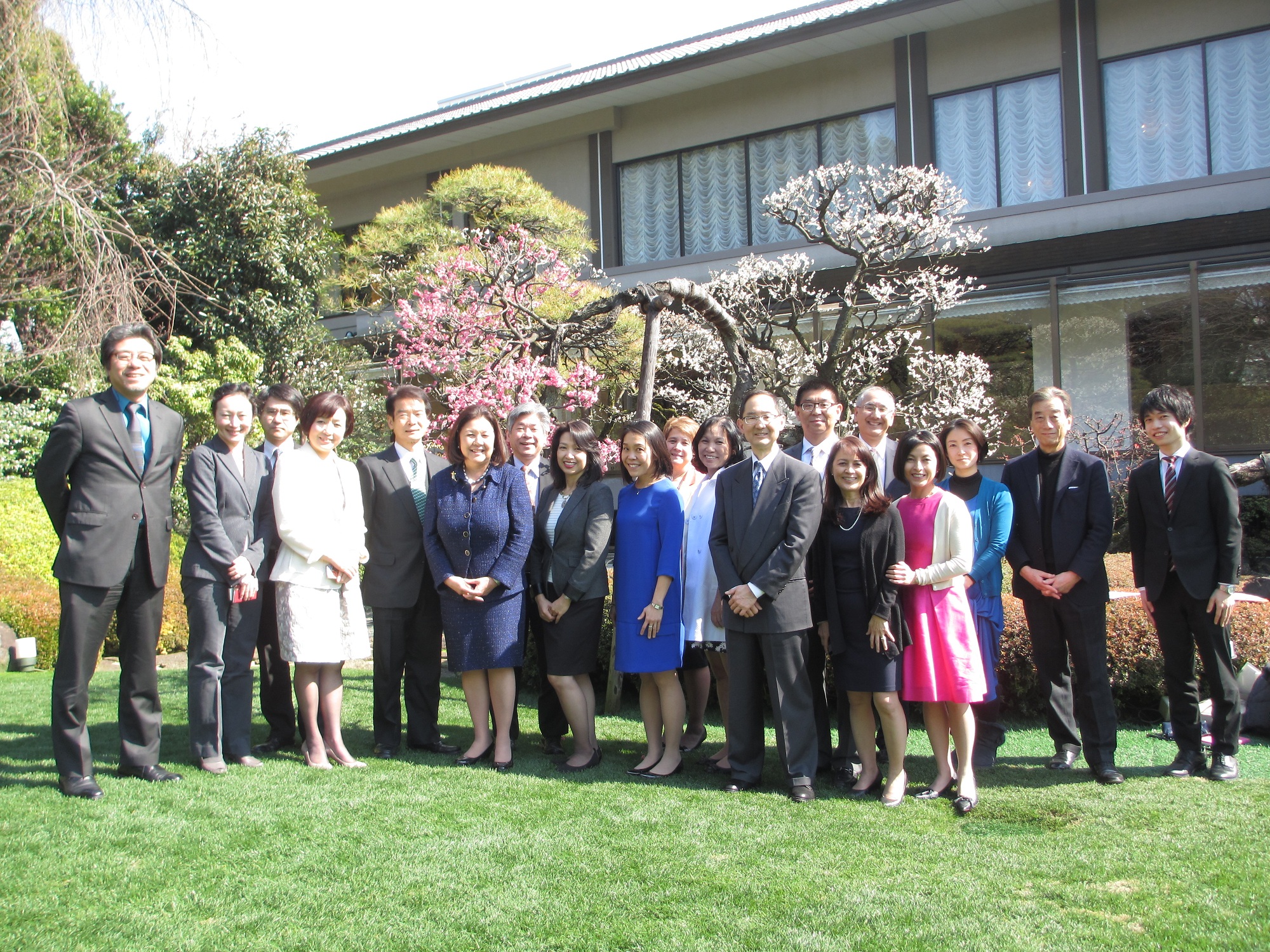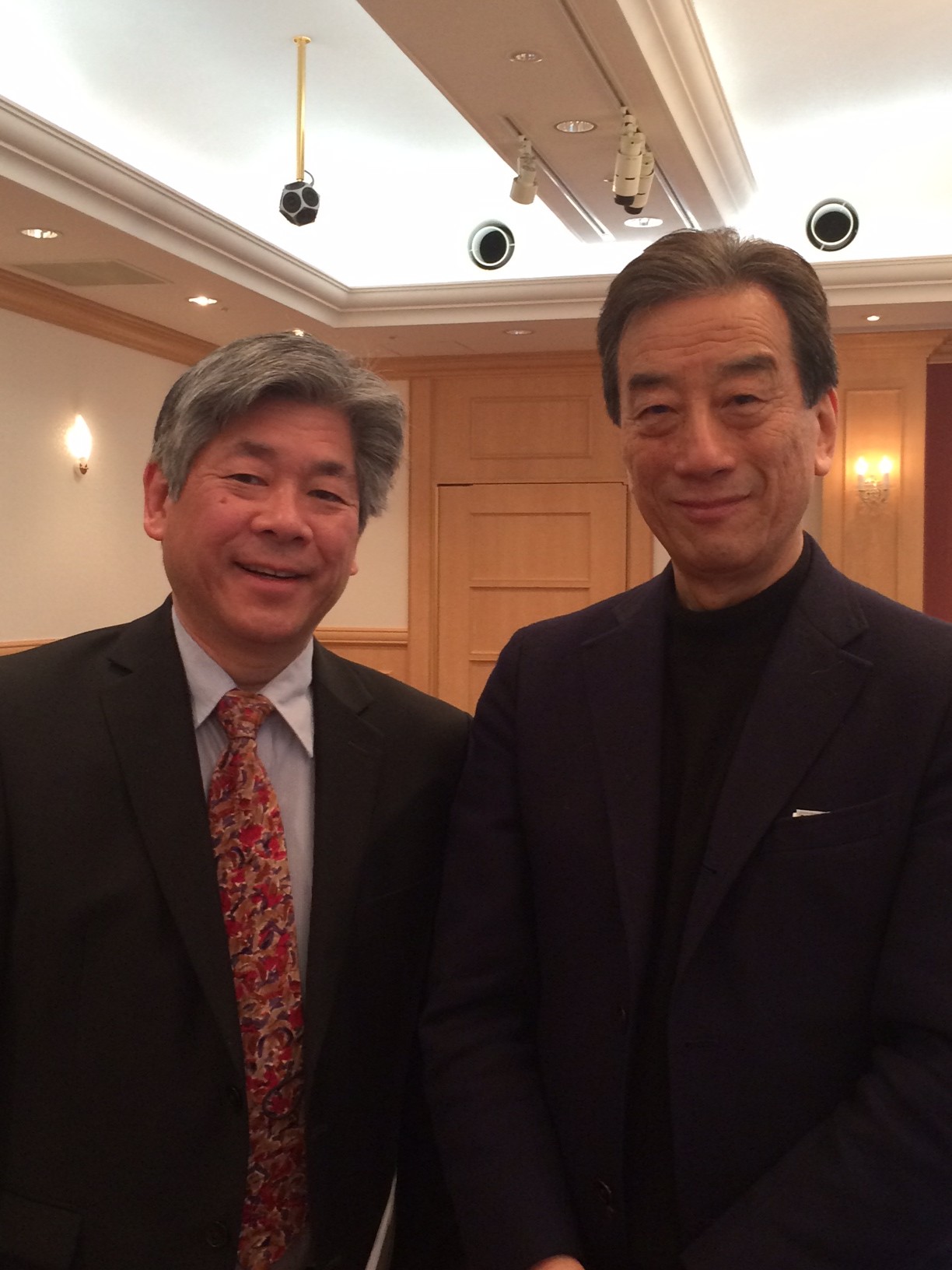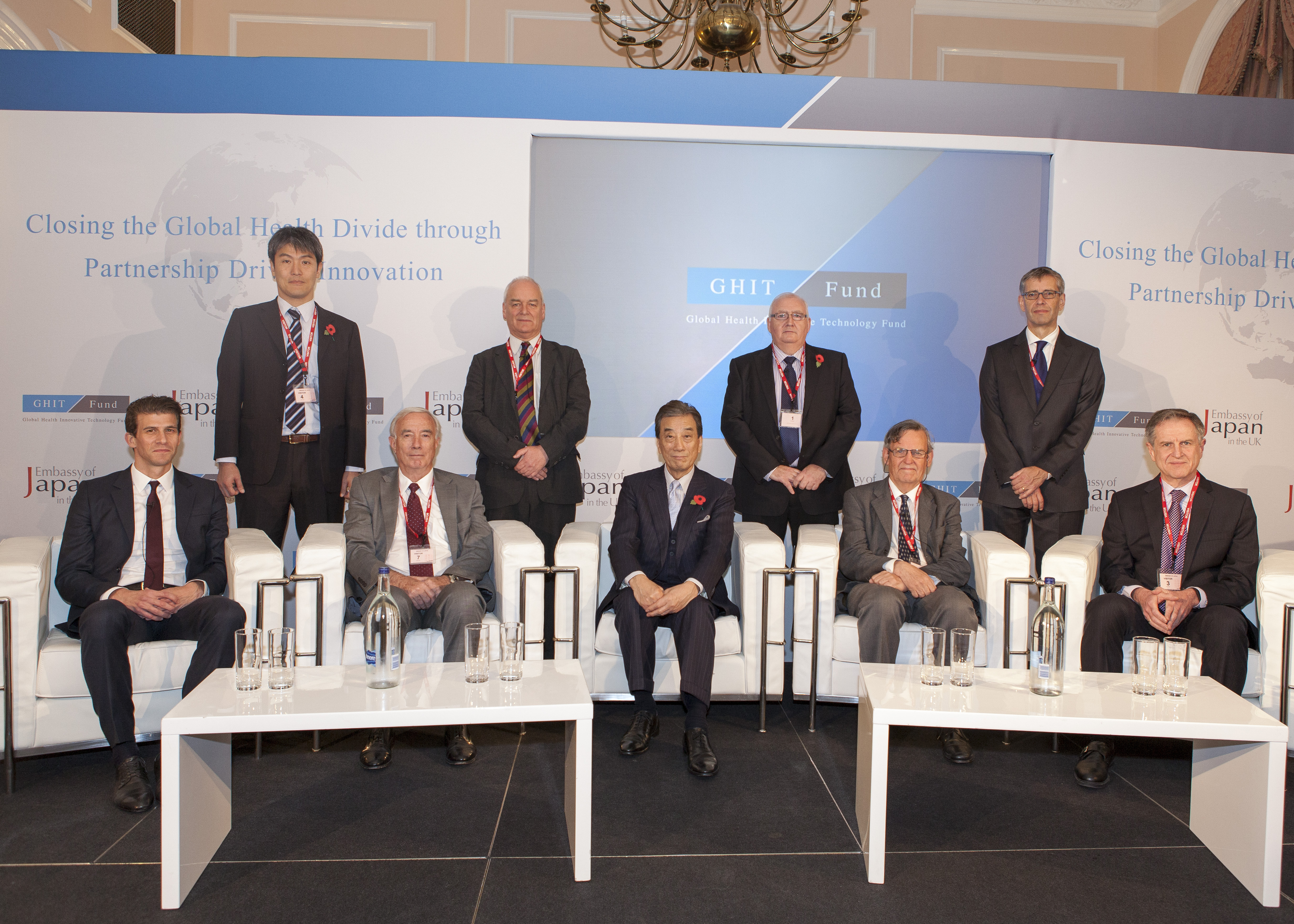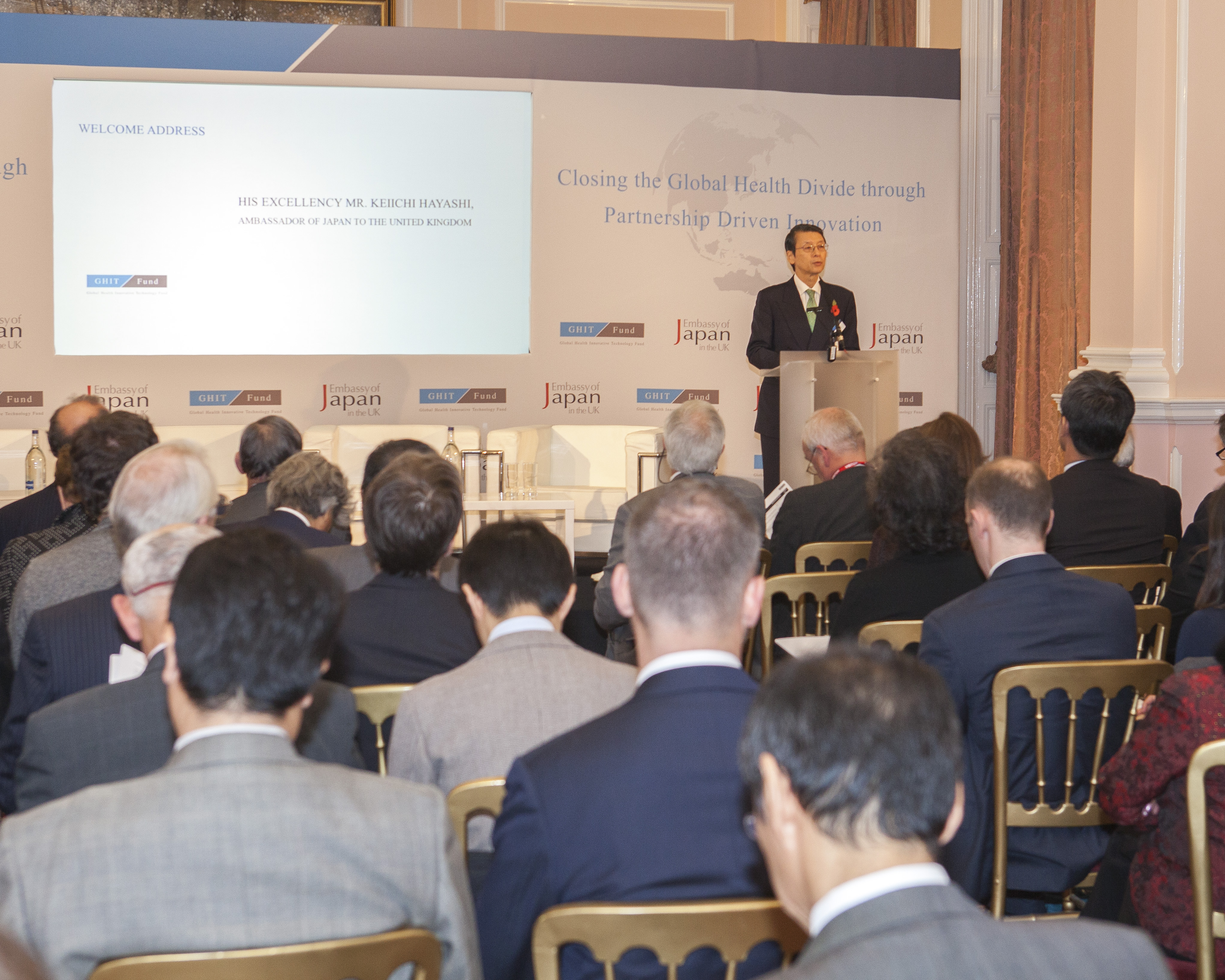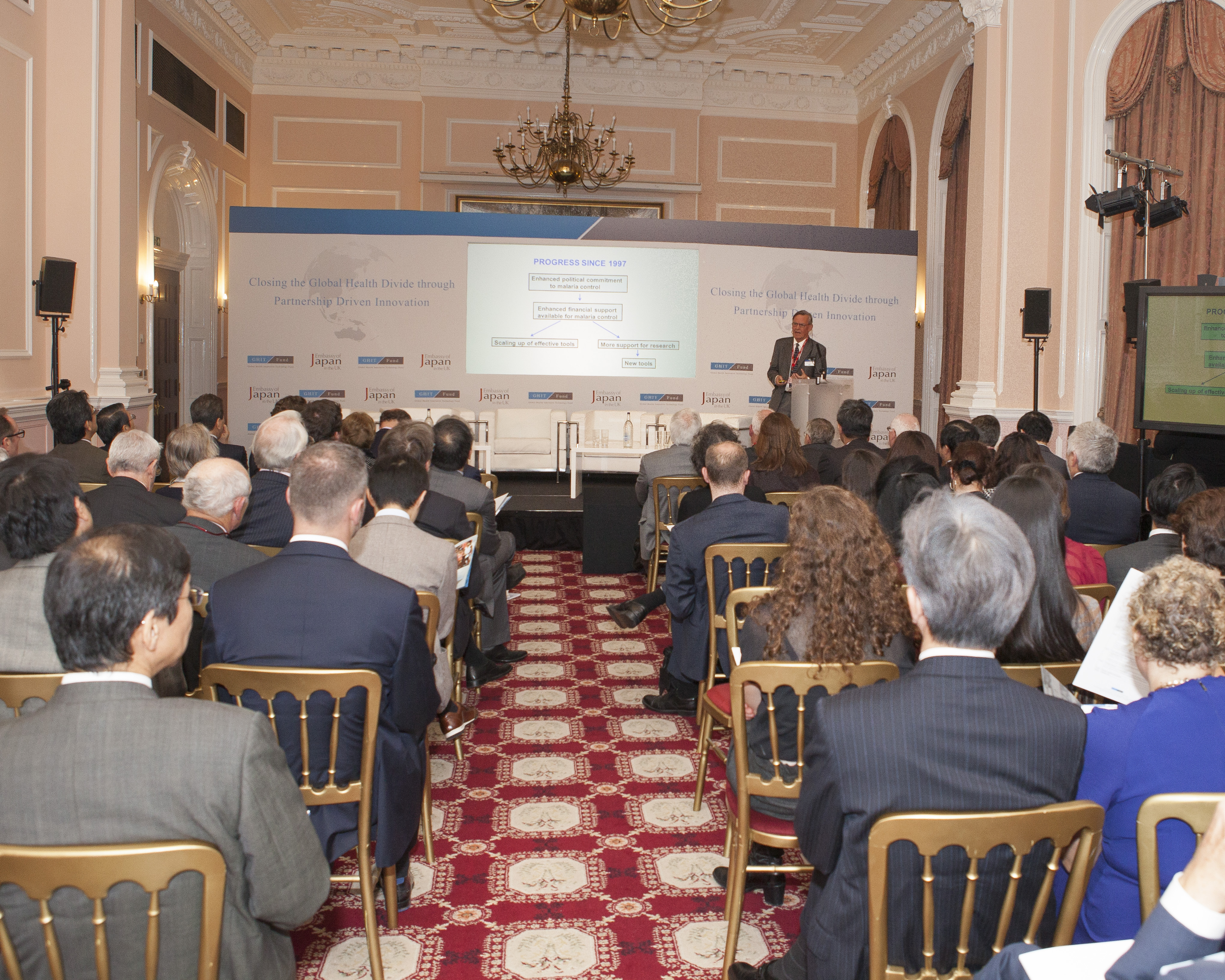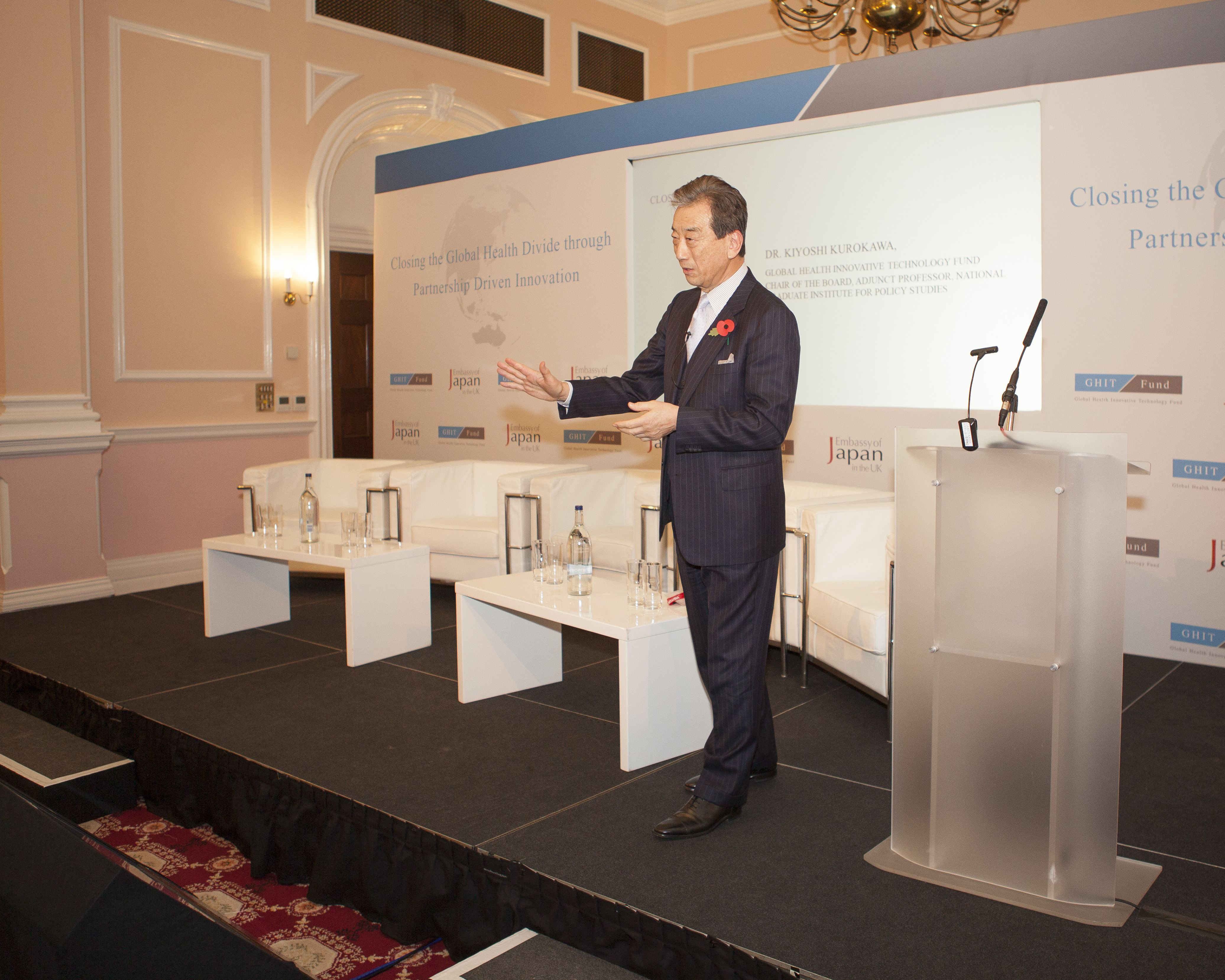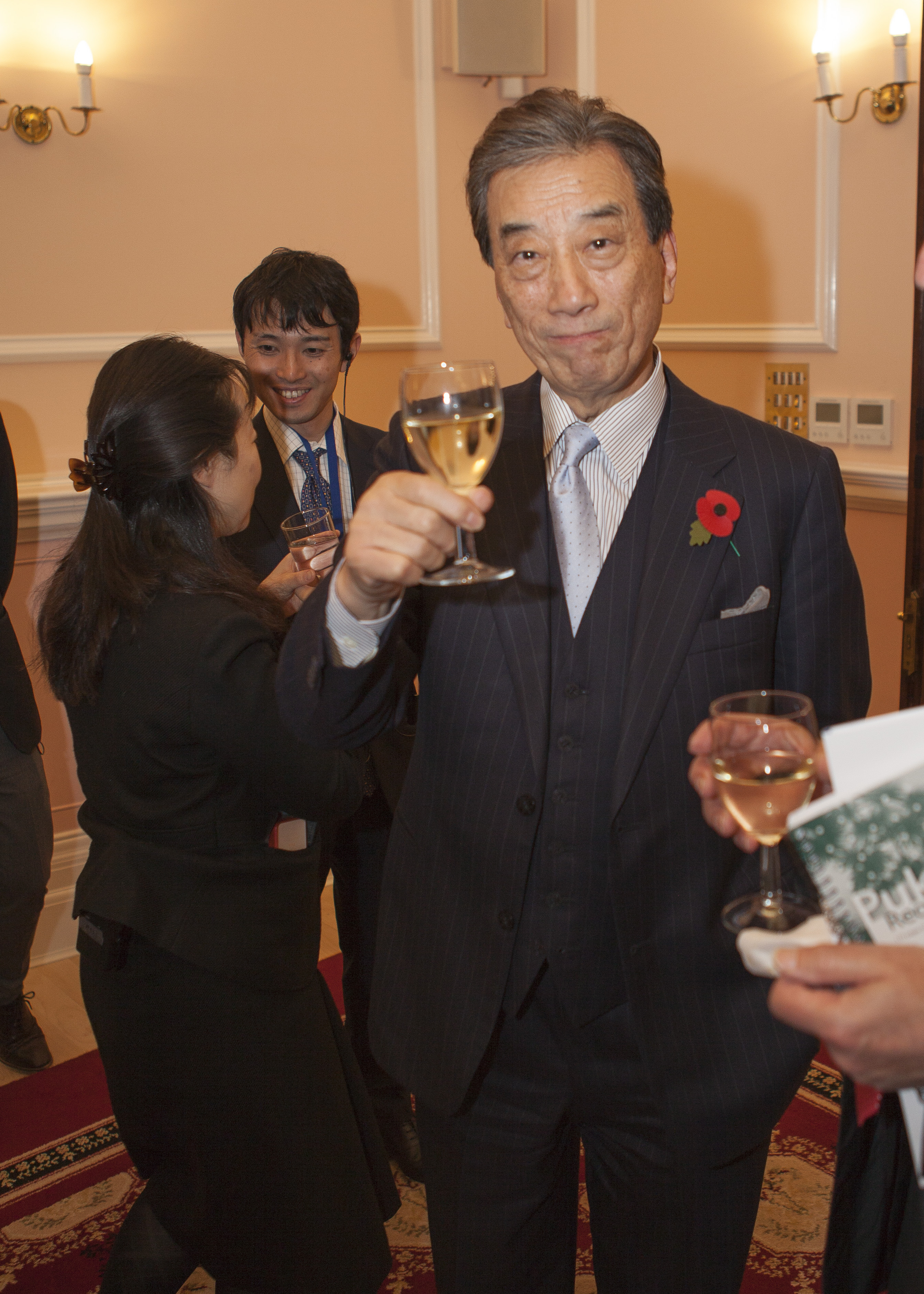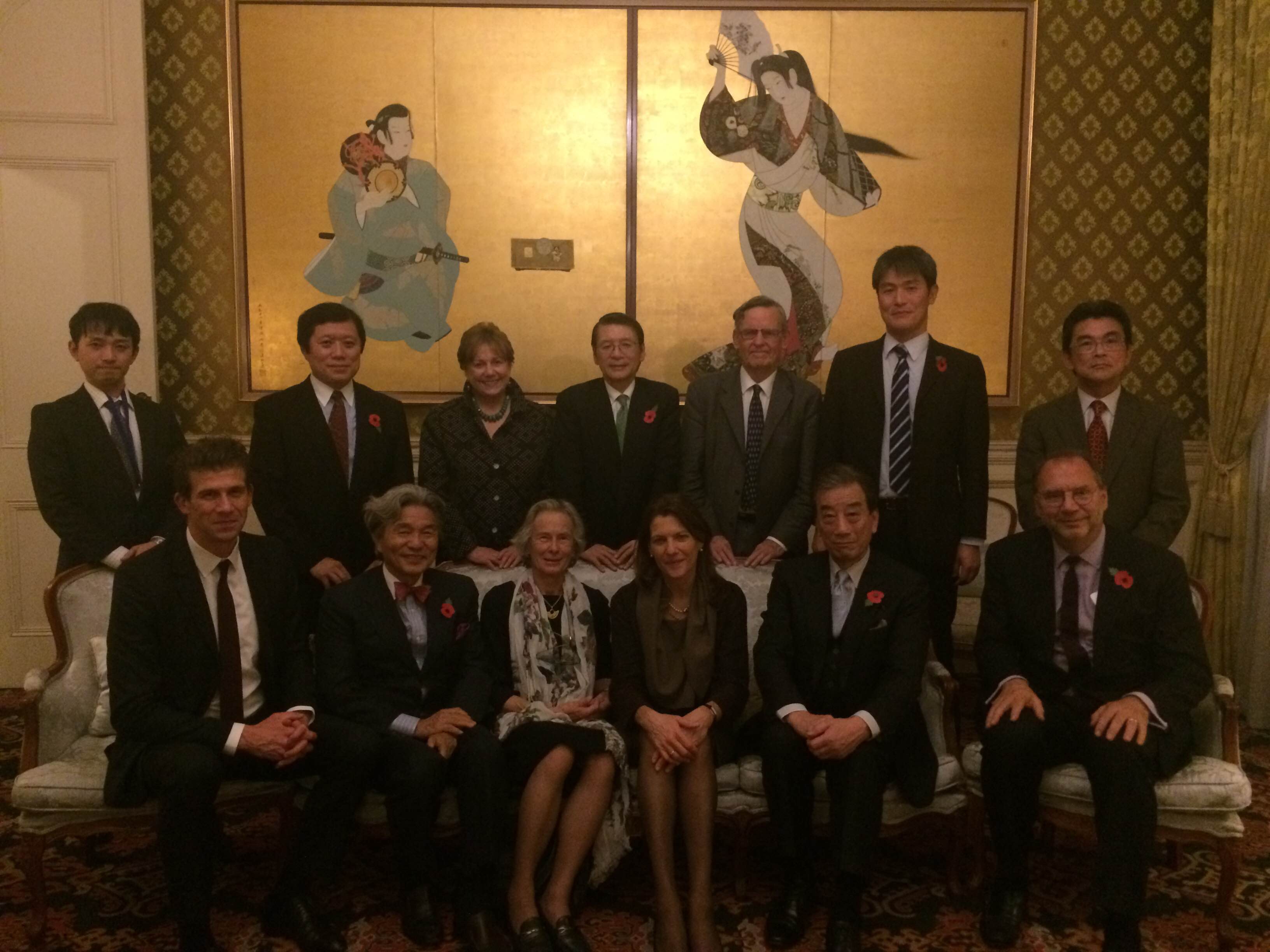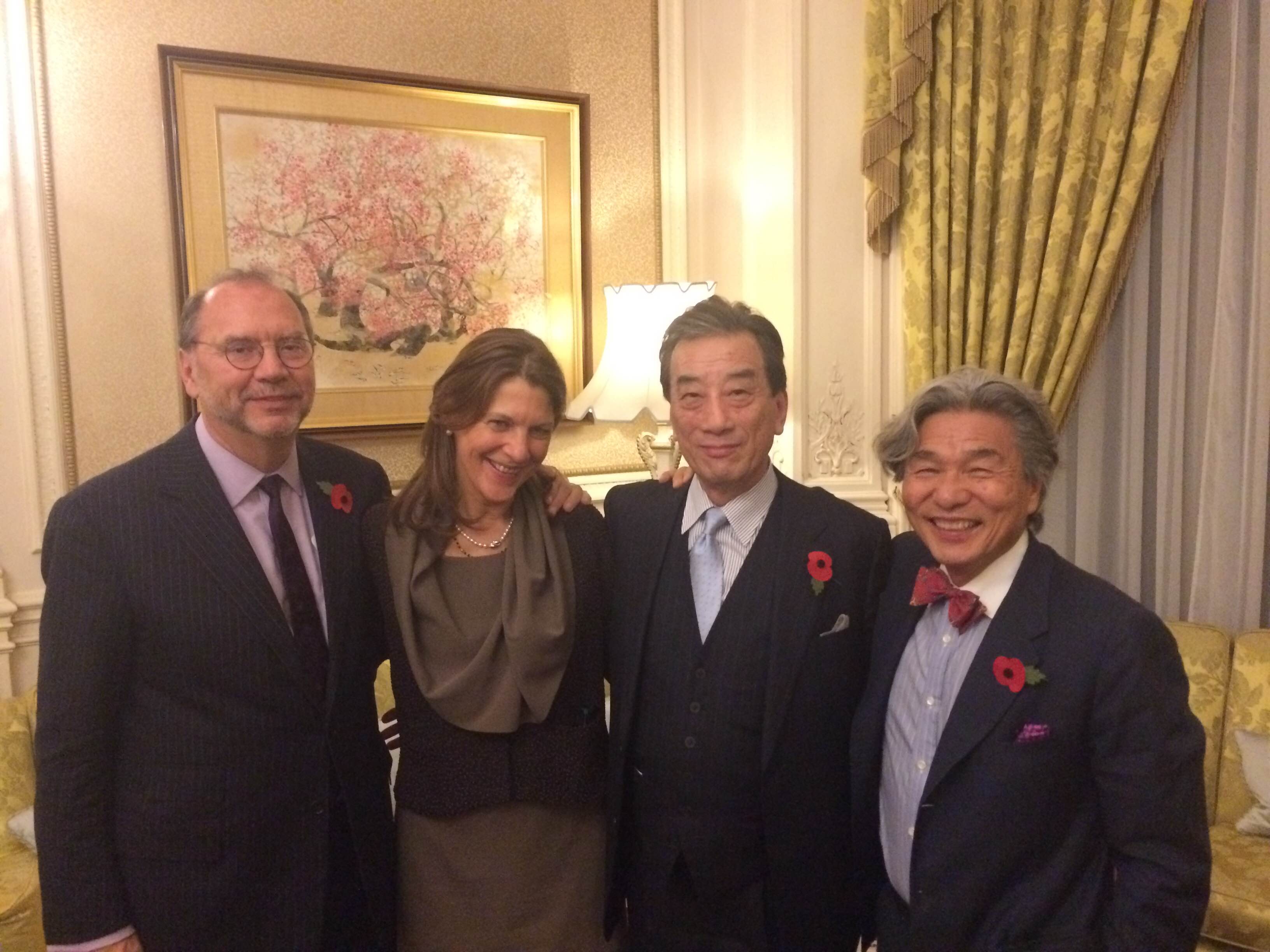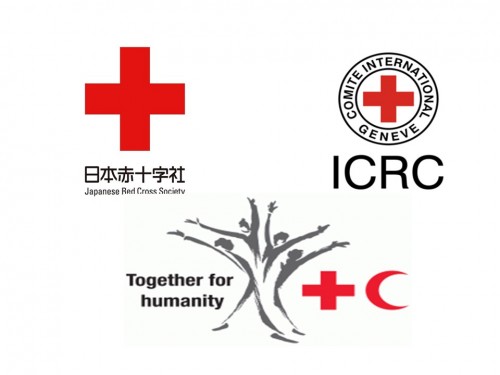→Japanese
Over these past two months, I have had the opportunity to be involved with the UK on several occasions.
At the beginning of October, I served as a panelist at a conference held by Chatham House and the Japan Foundation.
Chatham House is a world-renowned British think tank. I have visited and worked with them many times.
Last year, Chatham House launched a five-year seminar series in cooperation with the Japan Foundation. This year was the second conference, entitled, “The Role of the Nation State in Addressing Global Challenges: Japan-UK Perspectives.” I was invited to be a speaker on the “Fukushima” panel held on the second day. The panel chair was Sir David Warren, who was the British Ambassador to Japan at the time of the 3.11 earthquake and tsunami in 2011. I was also asked to write an essay for the conference and will introduce it here on my blog when it has been published.
In mid-October, I was in London, my last trip there having been in April. It was for the third meeting of the World Dementia Council (WDC) . Similar to the first meeting, it was held in the Foreign and Commonwealth Office. I briefly touched upon documents provided by the Japanese government in preparation for the WDC Legacy Event Japan, which will be held in Japan in November. However, since I am not the representative of Japan, I focused on participating in the discussion as an independent board member.
Also in London, I had the chance to meet up with a few young people, whom I have worked with in the past.
After returning to Japan, I met with the Senior Partner of BLP, Mr Paisner, who has participated in the IBA Tokyo twice. He was well received at the GRIPS Forum, with a turnout of around 200 students and faculty members.
Before I knew it, it was the end of October and I welcomed Professor Peter Piot, the Director of the London School of Hygiene and Tropical Medicine (this is only comprised of a graduate school) to give a lecture at the GHIT.
Thirty-eight years ago, he discovered Ebola in the Congo and was awarded the Hideyo Noguchi Africa Prize (it is the only award given by the Japanese government and I am the Chairperson of the prize committee). It was very busy, with over seventy organizations at the press conference, countless questions asked on Ebola and many other lectures to give.
In my spare time, I had the opportunity to meet with people from British companies in London and in Tokyo.
